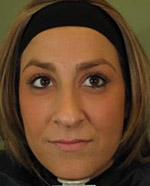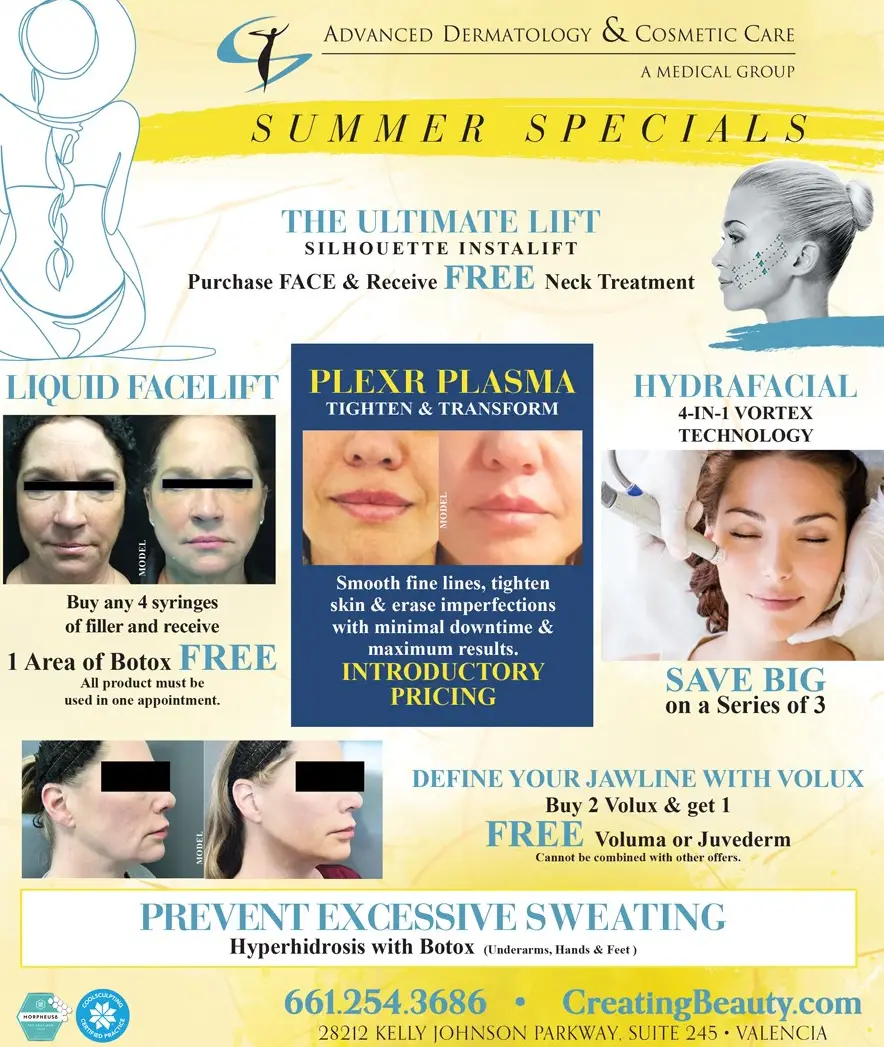What is fractionated laser?
By Bernard I Raskin, M.D.
When microdermabrasion, chemical peels, or photofacials aren’t giving you the results you want, your answer may be fractional laser treatment. What is fractional laser? Years ago the gold standard of treatment was traditional laser resurfacing done with a Carbon Dioxide (C02) laser. While this laser provided outstanding results, it also had a long period of recovery that included bandages, crusting, prolonged redness, and swelling. Then less invasive resurfacing lasers evolved such as the Erbium. While these lasers provide very good results for skin smoothing, texture, wrinkles and pigment, the results were not as dramatic and didn’t provide skin tightening like the C02. So “fractionated” CO2 technology was developed. What this means is that the laser light is broken up into tiny separate dots which then penetrate the skin in this “fractionated” pattern. Spaces of untreated areas are left between the dots of laser light which makes healing faster and easier. Turns out this new dotted pattern gives almost the same result (and in some cases better) than older systems with a much faster and easier recovery. This fractionated CO2 pattern has many variables that influence results and determine how many treatments are needed. For example, how close the dots are to each other, how big the dots are, how many dots to make, how deep do they go. Because of these variables, it’s best to go to an office that is highly experienced with lasers. There are also several types of lasers making this fractionated pattern and some require multiple treatments to achieve significant results which can mean higher costs. In our office, we have chosen the QuadraLase (C02), because of superior results with the fewest treatments in enhancing skin tone and texture, reducing the effects of the sun and aging on the skin, smoothing lines and wrinkles, skin tightening and improving acne scars. Treatments range from mild to aggressive based on the extent of the rejuvenation you are looking for. All lasers can have complications and experienced laser surgeons have the education and experience to reduce risks, so be very careful whom you choose to laser your face and/or body. This is a medical procedure and just because a facility advertises a laser doesn’t attest to level of experience in its use. If someone other than the physician is performing the laser, we recommend checking on the physician supervision. Restorative lasers can be amazingly beneficial with superb results and minimal downtime. The new fractionated CO2 lasers are awe inspiring technology.
For more information please contact Advanced Dermatology & Cosmetic Care at 661.254.3686 or visit www.CreatingBeauty.com.














